The Universal Declaration of Human Rights (UDHR) was the result of an extensive process involving the contributions of many people and perspectives.
In light of the devastation brought about by the Second World War, these people were motivated by a need to articulate the rights to which all people are entitled. They envisioned a world where a global commitment to human rights would offer protection against such atrocities in the future. This page presents some of the people whose contributions helped to shape the development of the UDHR.
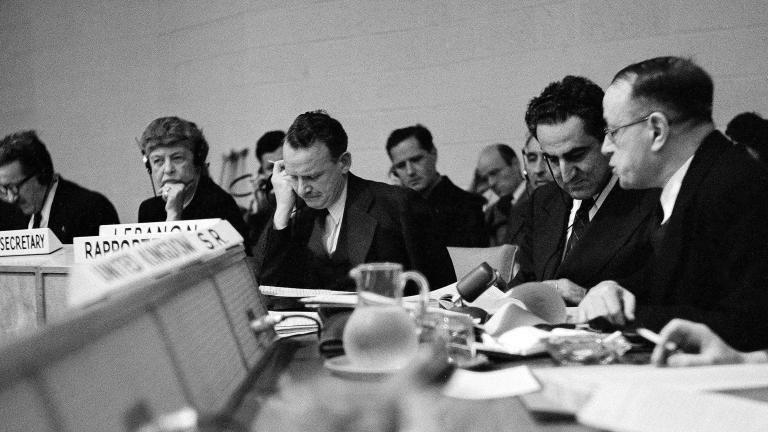
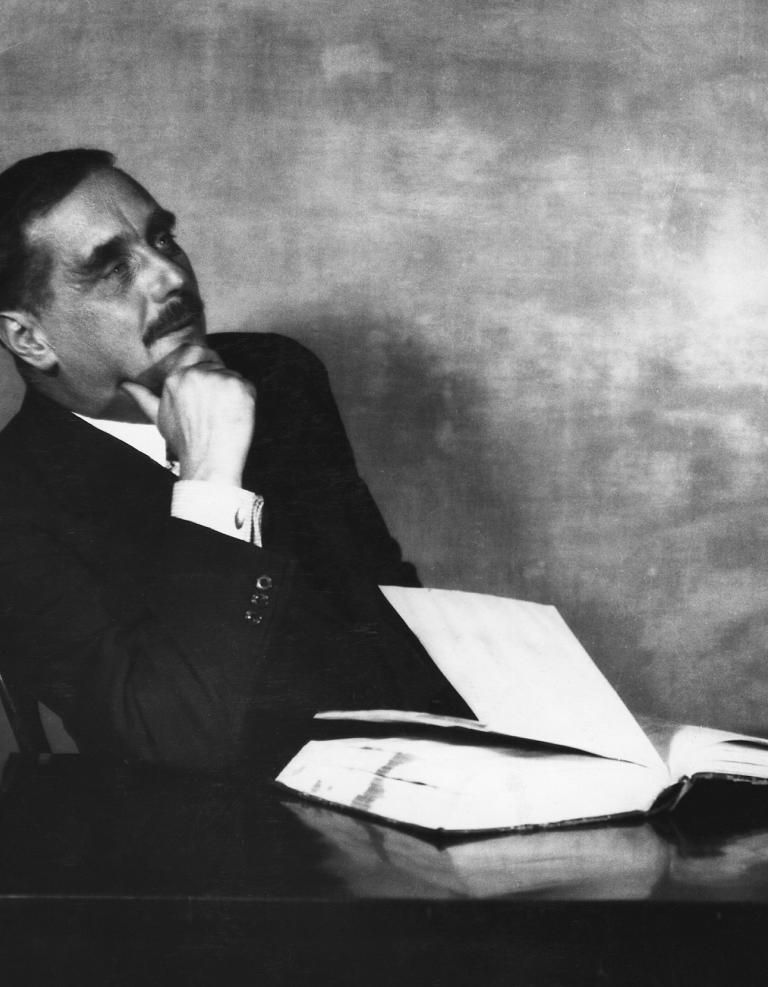
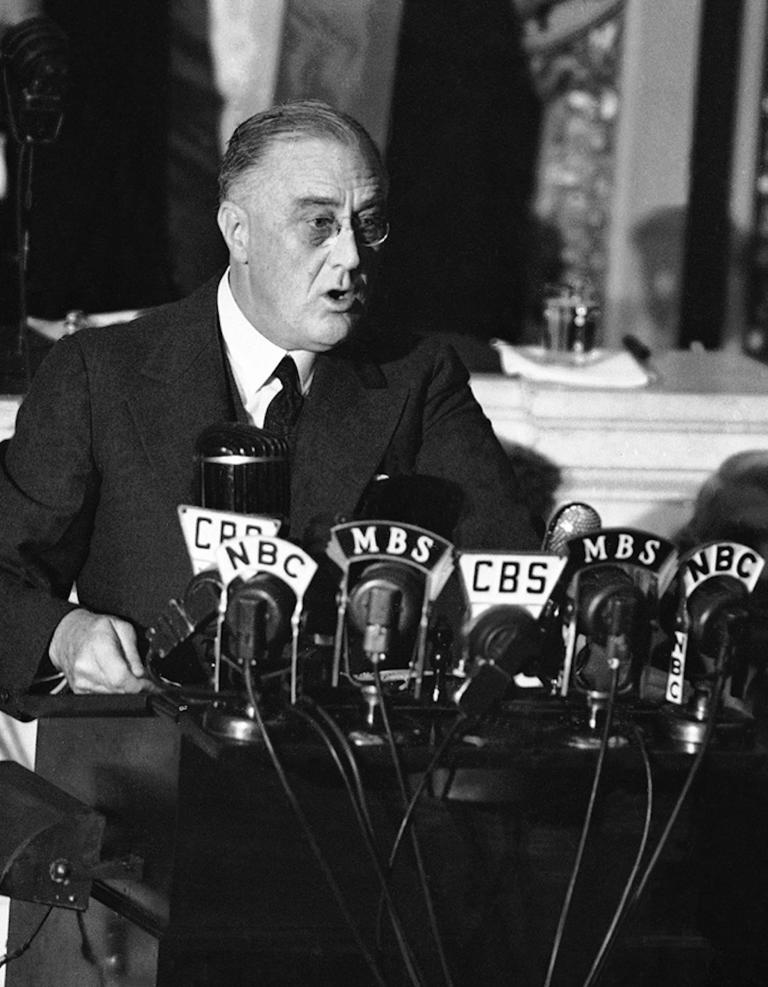
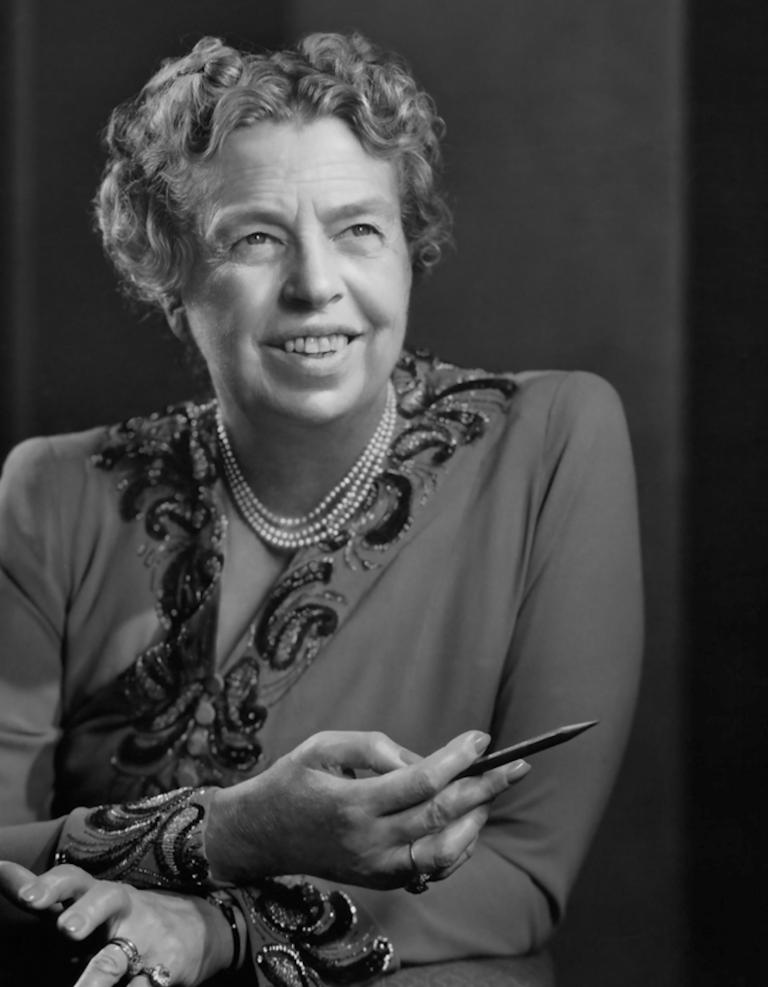
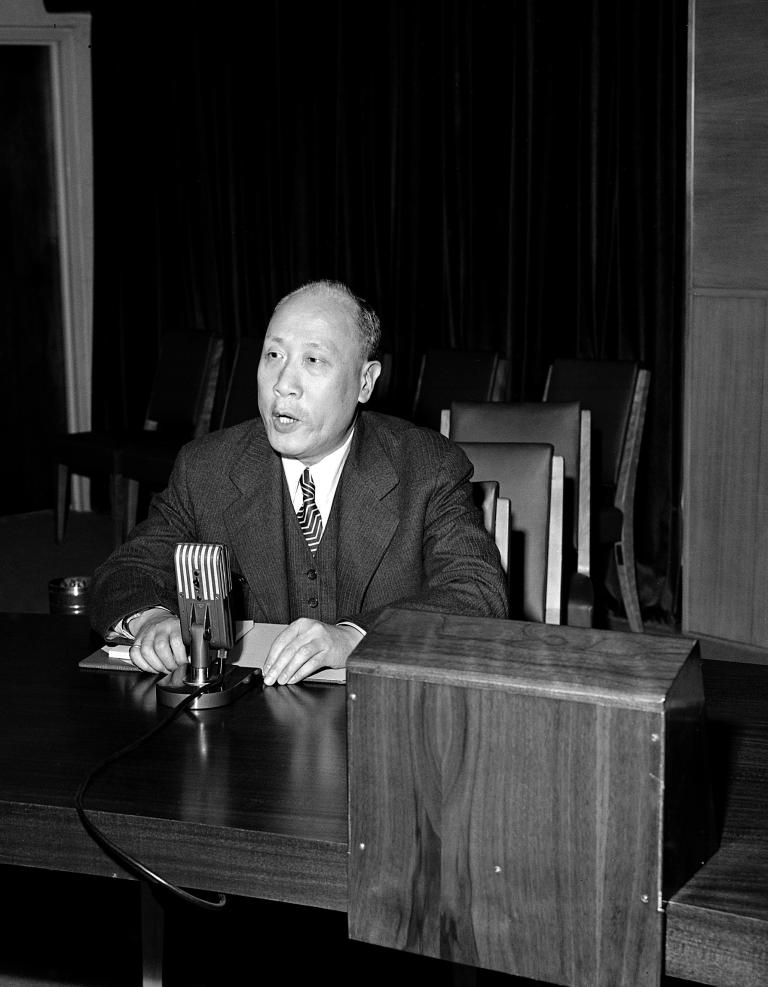
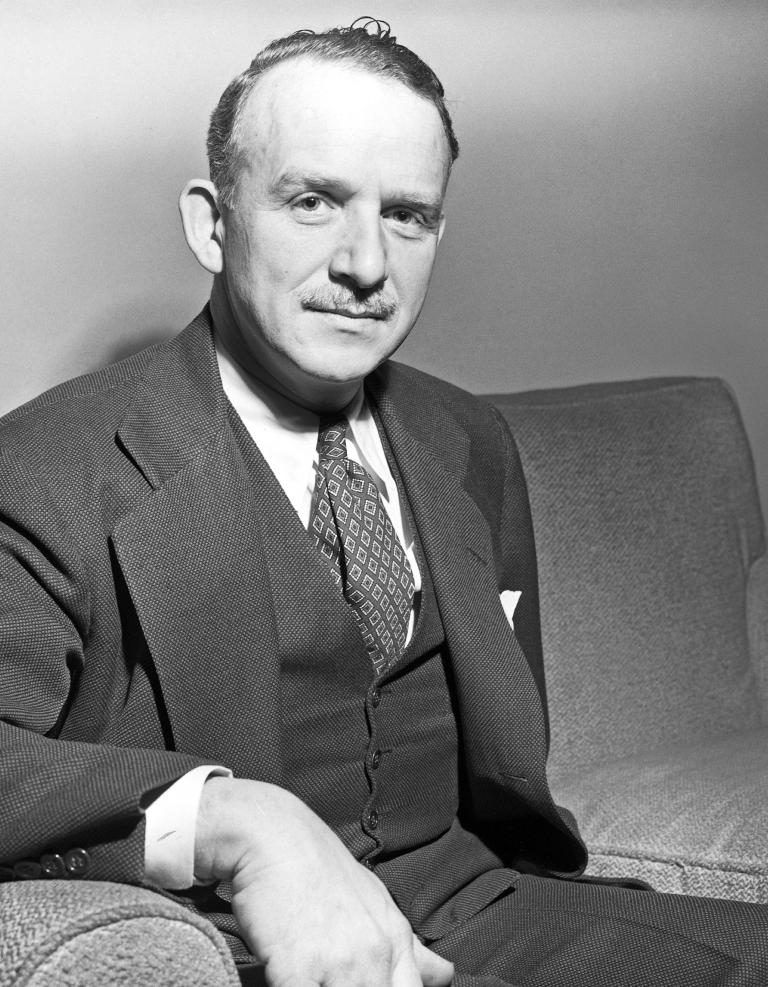
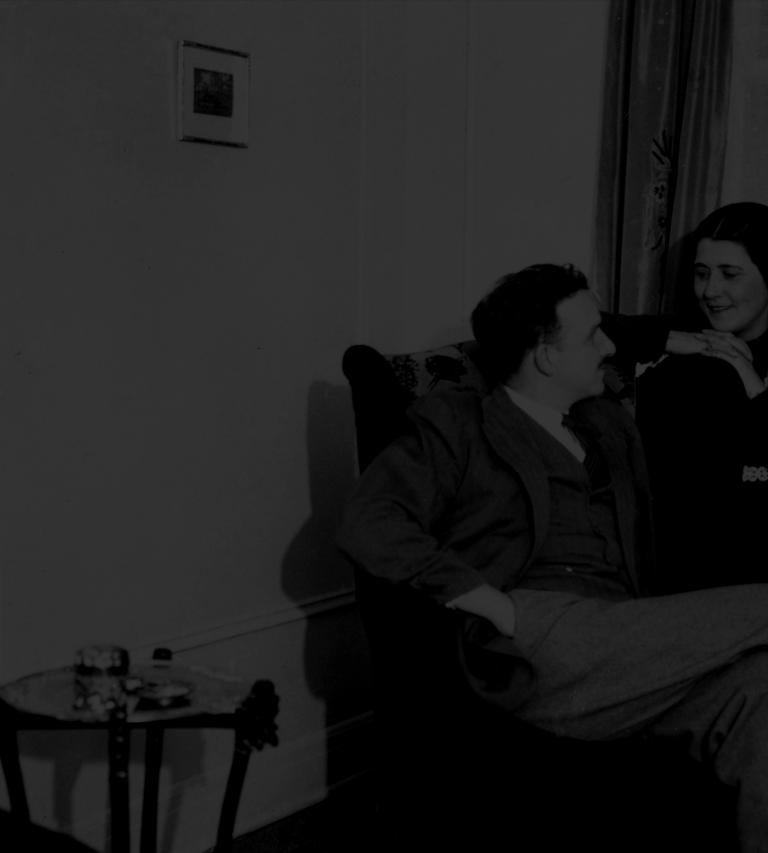

Continue the conversation
This story sparked interesting discussion when we shared it on social media. Follow us on Facebook and X to join the conversation.
UNDP Lebanon
X March 28, 2018 by UNDP LebanonUN Human Rights
X March 7, 2018 by UN Human RightsFacing History CHI
X March 6, 2018 by Facing History CHI